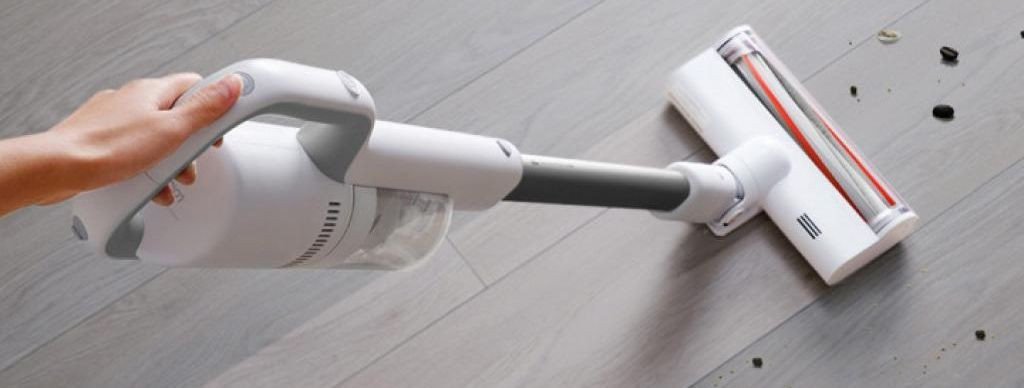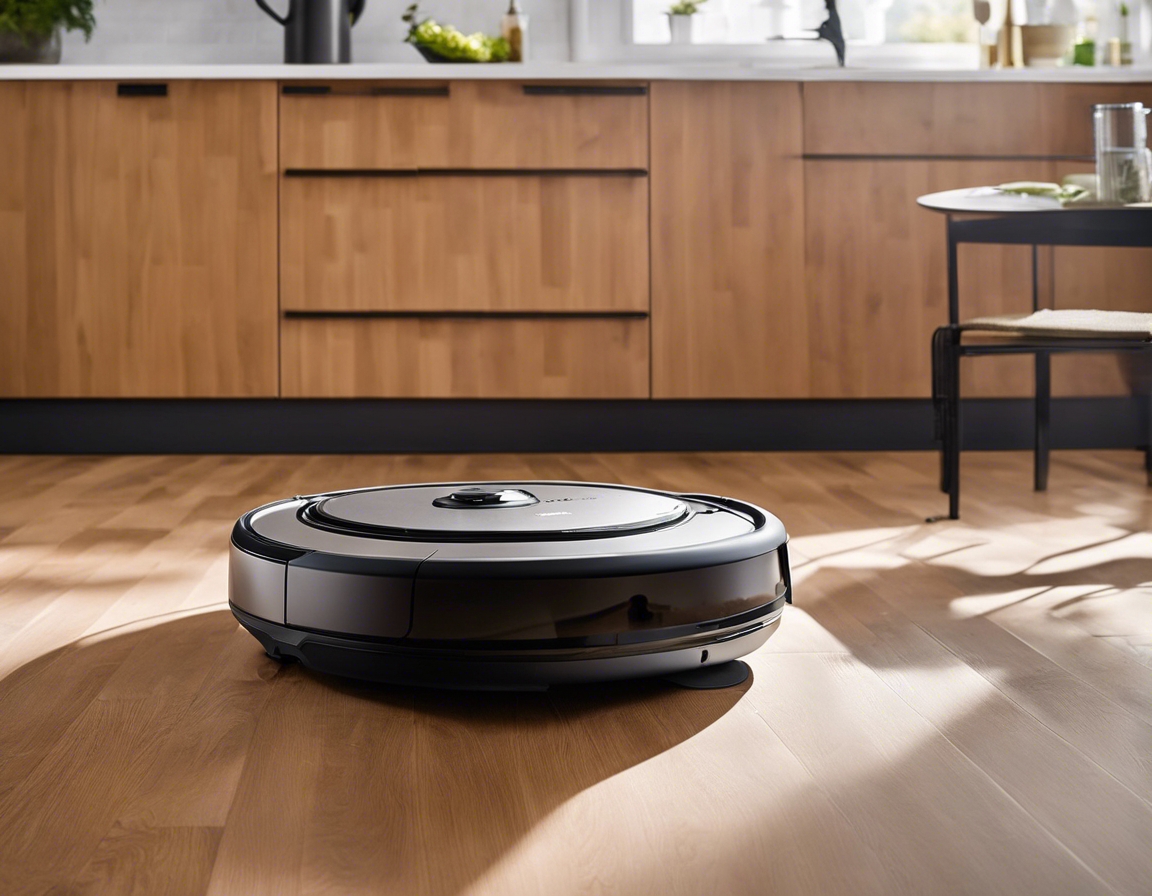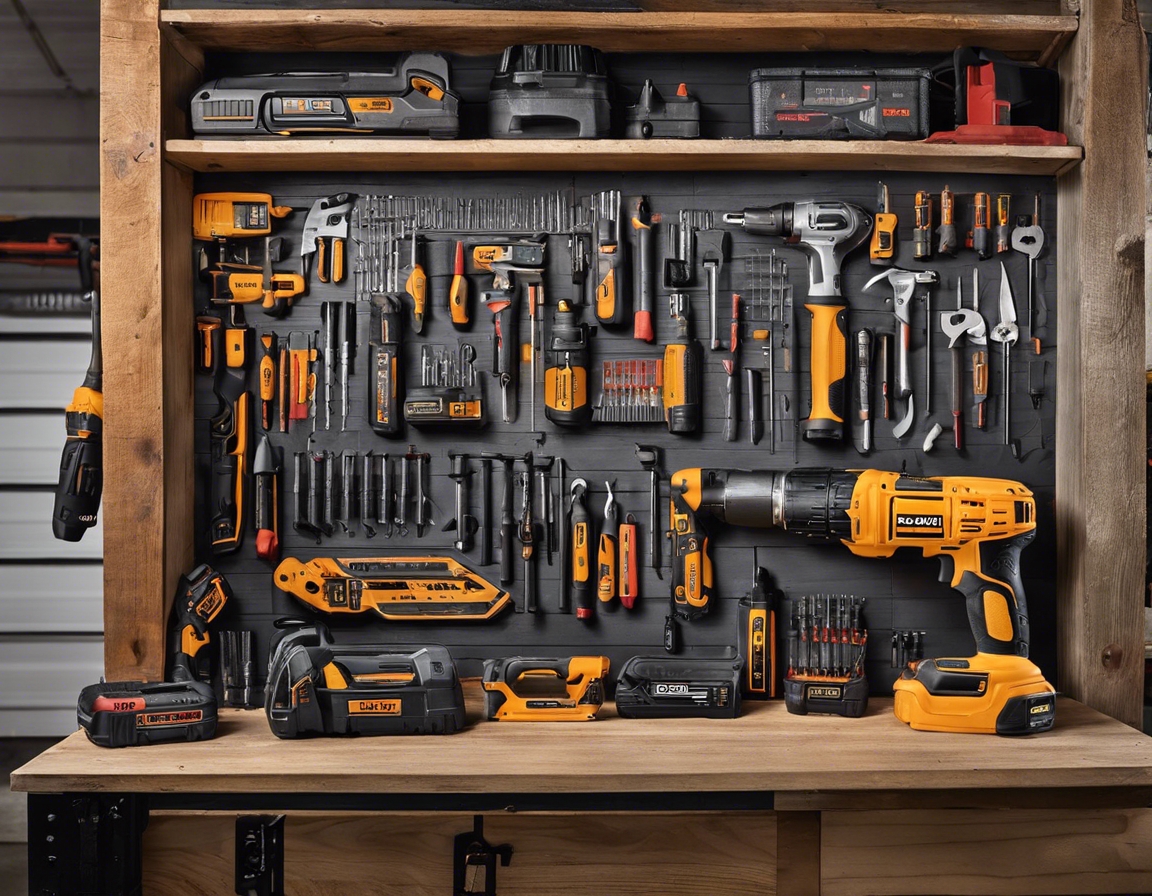How to choose the right robotic vacuum cleaner for your home
In recent years, smart home technology has revolutionized the way we manage our households. Among these innovations, robotic vacuum cleaners have emerged as a popular choice for those seeking convenience and efficiency in their cleaning routines.
Robotic vacuum cleaners offer numerous benefits, including time savings, ease of use, and the ability to maintain a clean home with minimal effort. They are particularly advantageous for busy individuals and families, as well as pet owners who need frequent cleaning.
2. Key Features to Consider
When selecting a robotic vacuum cleaner, suction power is a critical factor. Higher suction power ensures effective cleaning, especially on carpets and rugs. Look for models with adjustable suction settings to cater to different floor types.
Battery life determines how long the vacuum can operate before needing a recharge. Consider models with longer battery life for larger homes. Additionally, check if the vacuum has a self-charging feature, allowing it to return to its dock automatically.
Advanced navigation and mapping technology enable robotic vacuums to clean efficiently without missing spots. Look for models with laser or camera-based navigation systems for precise mapping and obstacle avoidance.
The dustbin capacity affects how often you need to empty the vacuum. Larger capacities are ideal for homes with pets or high traffic. Also, consider the ease of maintenance, such as filter replacement and brush cleaning.
Noise levels can be a concern, especially if you plan to run the vacuum while at home. Check the decibel rating of the vacuum to ensure it operates quietly.
Many robotic vacuums come with smart features like app control, voice assistant compatibility, and scheduling. These features enhance convenience and allow you to control the vacuum remotely.
3. Understanding Your Home's Needs
Consider the type of flooring in your home. Some vacuums perform better on hard floors, while others excel on carpets. Additionally, the layout of your home can impact the vacuum's efficiency, especially in homes with multiple rooms and levels.
If you have pets, look for models designed to handle pet hair and dander. These vacuums often come with specialized brushes and filters to capture allergens effectively.
For allergy sufferers, a vacuum with HEPA filters is essential. These filters trap fine particles and allergens, improving indoor air quality.
4. Budget Considerations
Entry-level robotic vacuums are budget-friendly and offer basic cleaning capabilities. They are suitable for small apartments or as a secondary cleaning device.
Mid-range models provide a balance between price and features. They often include better navigation, longer battery life, and smart connectivity.
Premium robotic vacuums offer advanced features such as superior mapping, powerful suction, and extensive smart home integration. They are ideal for larger homes and those seeking top-tier performance.
5. Brand Reputation and Customer Reviews
Research brands with a strong reputation for quality and reliability. Established brands often provide better customer support and warranty options.
Customer reviews offer valuable insights into the performance and durability of a robotic vacuum. Consider feedback from other users to make an informed decision.
6. Environmental Impact and Sustainability
Choose models that are energy-efficient to reduce your carbon footprint. Energy-efficient vacuums consume less power, saving on electricity bills.
Some robotic vacuums are made from recycled or eco-friendly materials. Opting for these models supports sustainable practices and reduces environmental impact.
7. Making the Final Decision
Compare different models based on the features that matter most to you. Consider creating a checklist to evaluate each option thoroughly.
A good warranty and responsive customer support are crucial for peace of mind. Ensure the brand offers comprehensive coverage and assistance if needed.






Comments (0)